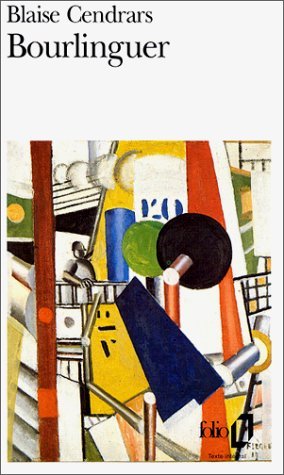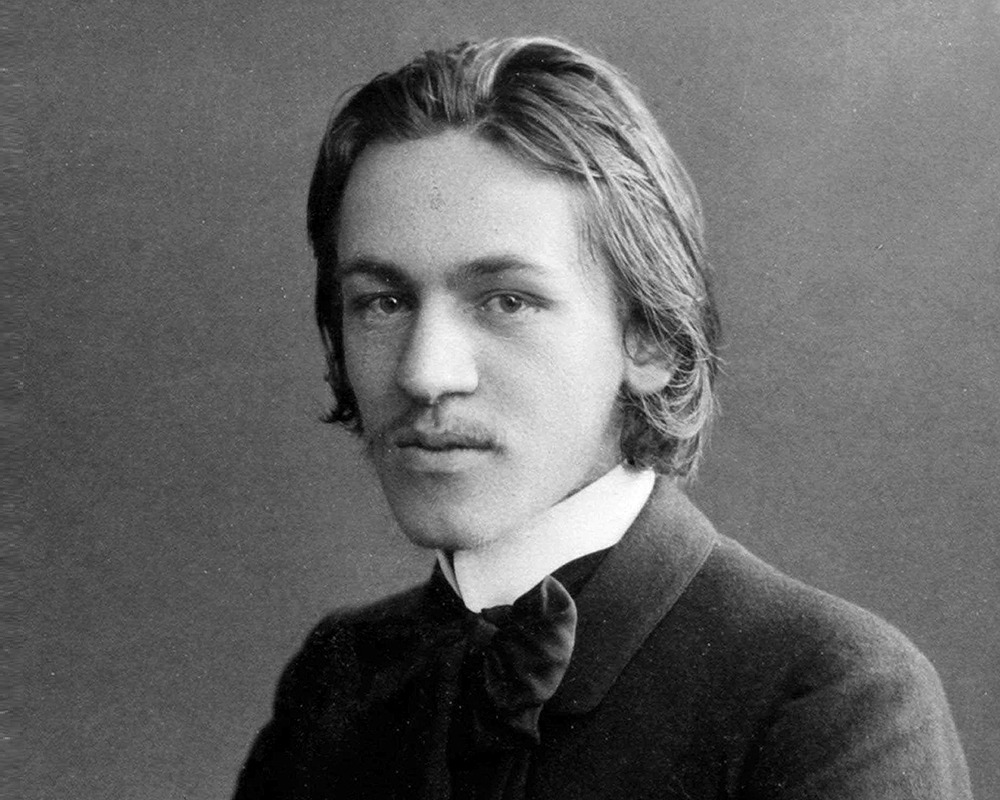
Planus is the second book of a remarkable autobiographical series written by Blaise Cendrars to be published in English. Like the first volume in this series, The Astonished Man, it is full of verve, humour and excitement, and it gives some unique glimpses of Cendrars himself. As one English reviewer once put it, 'The whole world seems to have belonged to Blaise Cendrars', an impression vividly confirmed in these crowded pages. He recounts here his adventures in various parts of Europe: his visit to a brothel in Antwerp, with its hilarious description of the obese prostitute Rij, who would say, 'You can't bungle it with me. I am not shaped like a circumflex accent, a man can ride me astride or side-saddle'; his voyage as a deck-hand on a Greek dinghy smuggling wine into Italy; a great brawl in an Amsterdam restaurant; his meeting in Paris with his literary hero Rémy de Gourmont; together with anecdotes about Picasso, Modigliani and others. Planus is rich in incident, brilliant in style, disarmingly uninhibited. It will be relished by Cendrars' large circle of English admirers, and should capture still more.
Author

Frédéric Louis Sauser, better known as Blaise Cendrars, was a Swiss novelist and poet naturalized French in 1916. He was a writer of considerable influence in the modernist movement. His father, an inventor-businessman, was Swiss, his mother Scottish. He spent his childhood in Alexandria, Naples, Brindisi, Neuchâtel, and numerous other places, while accompanying his father, who endlessly pursued business schemes, none successfully. At the age of fifteen, Cendrars left home to travel in Russia, Persia, China while working as a jewel merchant; several years later, he wrote about this in his poem, Transiberien. He was in Paris before 1910, where he got in touch with several names of Paris' bélle époque: Guillaume Apollinaire, Modigliani, Marc Chagall and many more. Cendrars then traveled to America, where he wrote his first long poem Pâques à New-York. The next year appeared The Transsibérien. When he came back to France, I World War was started and he joined the French Foreign Legion. He was sent to the front line in the Somme where from mid-December 1914 until February 1915. During the attacks in Champagne in September 1915 that Cendrars lost his right arm. He described this war experience in the books La Main coupée. After the war he returned to Paris, becaming an important part of the artistic community in Montparnasse. There, among others, used to meet with other writers such as Henry Miller, John Dos Passos and Ernest Hemingway. During the 1920's he published two long novels, Moravagine and Les Confessions de Dan Yack. Into the 1930’s published a number of “novelized” biographies or volumes of extravagant reporting, such as L’Or, based on the life of John August Sutter, and Rhum, “reportage romance” dealing with the life and trials of Jean Galmont, a misfired Cecil Rhodes of Guiana. La Belle Epoque was the great age of discovery in arts and letters. Cendrars, very much of the epoch, was sketched by Caruso, painted by Léon Bakst, by Léger, by Modigliani, by Chagall; and in his turn helped discover Negro art, jazz, and the modern music of Les Six. His home base was always Paris, for several years in the Rue de Savoie, later, for many years, in the Avenue Montaigne, and in the country, his little house at Tremblay-sur Mauldre (Seine-et-Oise), though he continued to travel extensively. He worked for a short while in Hollywood in 1936, at the time of the filming of Sutter’s Gold. From 1924 to 1936, went so constantly to South America. This life globertrottering life was pictured in his book Bourlinguer, published in 1948. Another remarkable works apparead in the 40s were L’Homme Foudroyé (1945), La Main Coupée (1946), Le Lotissement du Ciel (1949), that constitute his best and most important work. His last major work was published in 1957, entitled Trop, C’est Trop. == Sources: